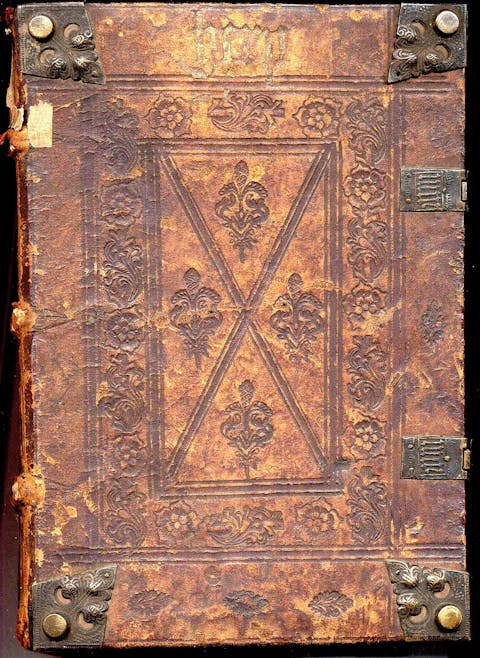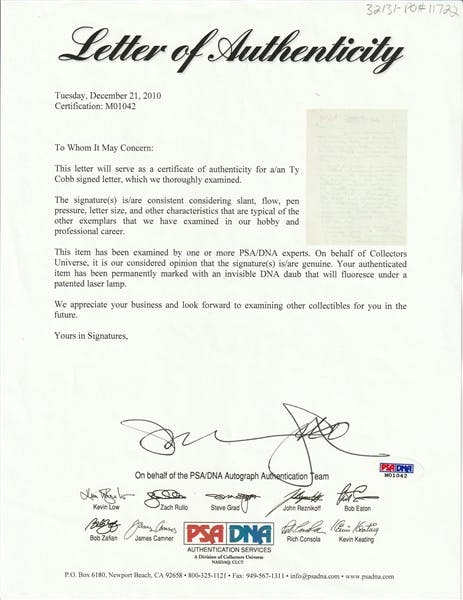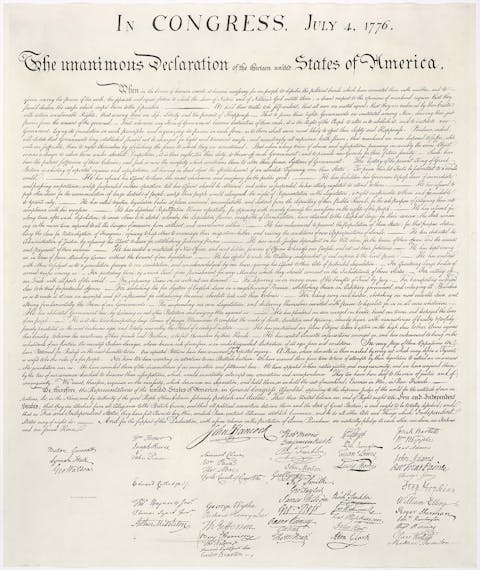How to Appraise Books, Maps and Manuscripts
Written by Alexander Bitar
While one might think of books, maps, and manuscripts as everyday mundane items to store on a shelf or desk, they can be highly sought-after and valuable if old and rare enough.
Medivial manuscripts. (Europeana)
Do you not know what to do with the box of dusty old leather-bound books you found in your grandfather's basement? Did you perhaps find an ancient-looking copy of Shakespeare's plays at an antique shop? Maybe you would like some tips and tricks on authenticating your old maps. Navigating the world of selling and buying antique books, maps, and manuscripts can be nebulous. However, luckily, some guidelines exist to assist in whatever your pursuit may be.
Follow these easy steps to appraise your Books, Maps, and Manuscripts.
Condition
The first step to take in determining the value of your item is to observe its condition. If your book is ancient, check for bookworm damage, as moths and larvae have been known to burrow through pages and binding. Dampstains, which appear as darkened blotches from water damage, should also be examined. Foxing, or the oxidation of impurities in paper, leaves undesirable rusty brown marks. If a book is rebound due to damage of the original binding, this might decrease the price estimate. The effect will be the same if pages are pulled away, ripped, or otherwise damaged. However, do not be completely put off if your book is not in perfect like-new condition; if it is rare and old enough, exceptions may be made.

A 15th-century Incunable – notice the blind-tooled cover, corner bosses, and clasps. (Public Domain)
Rarity
Any item will only be of significant value if its demand exceeds its supply. Thus, just because your book, map, or manuscript is very old does not guarantee that it will be worth much money, as there might be thousands of copies in circulation. Several examples of texts that possess great value due to scarcity are anything printed before 1501, English books before 1641, American books before 1801, and banned works of which very few copies exist. A complete first-edition Gutenberg Bible will sell for $50 million.
Authenticity
Determining the authenticity of an item is undeniably a crucial step to take. In the case of books, the process is typically straightforward as it should feature a publication date. However, it can get significantly more complicated with antique maps.
Many antique maps were reprinted during the twentieth century for decorative purposes and are essentially worthless. To differentiate these from the real deal, observing the piece underneath a magnifying loupe is essential. If there is a pattern of dots comprising the image, it is a reprint. Maps printed before the 19th century will feature an indented grid of lines from the printing method. Another sign of authenticity to look out for is a fold down the middle of the map. Most maps from antique eras were used in atlases and thus would have had to be folded to fit inside.

A Letter of Authenticity by PSA/DNA. (Goldin)
Online Price Guides
One of the best ways to get an idea for the price estimate of your book, manuscript, or map is to look at how much other similar items have sold. Luckily, the internet provides various price guides to help narrow down your estimate.
There are several aspects experts must take into account to appraise Books, Maps and Manuscripts. Luckily, here at Value My Stuff, experts in the field can provide professional appraisal services so that you can take the necessary steps to discover how much your Books, Maps, and Manuscripts are worth today! Start Your Books, Maps, and Manuscripts Appraisal Here!
Why Books, Maps, and Manuscripts?
Books, maps, and manuscripts are all subcategories of the collectibles market that possess uniquely intriguing qualities. Owning an antique book provides the opportunity to immerse oneself in another world, not only in a literary setting but also in the context of the period of history in which the book was published. An antique manuscript can allow for a similar experience. It provides insight into a body of work's initial birth or invention, showcasing the author's personal touch through its handwritten nature. Antique maps give the viewer a glimpse into the perceptions of another world from another era, serving as a reminder of the progression of humankind.

Part of Albert Einstein's "Theory of World Peace". (Alexander Bitar History)
When Did People Start Collecting Autographs?
While autograph collecting may seem like a relatively recent phenomenon coinciding with the rise of film and pop stars, some trace the hobby back to Ancient Roman times. It is said that Scaurus, the son-in-law of dictator Sculla, was amongst the first to set the trend of collecting autographs; he would obtain the personalized signet rings of individuals that would have been used as seals to denote the author of specific documents and keep them to form a collection rather than use them. This became a popular hobby amongst the Ancient Romans, and notably, Julius Caesar donated his own six cabinets worth of rings to the Temple of Venus Genetrix.

Walt Disney's autograph. (RR Auction)
Autographs During The Renaissance
Later in history, the importance of autographs would evolve by wealthy houses wanting to show off their fortune and status by displaying scholarly items and works of art created and signed by the leaders in these fields. By this time, anything from paintings to vases, trinkets, mosaics, and book manuscripts were signed by the artist or creator; this made it easier for the possessors of these items to convey that they could afford the best.
In addition to this, some people kept alba amicorum, or an 'album of friends', in which family, friends, and visitors to the home would sign their names; this way, the owner of the book would be able to show off their impressive social network to others, similar to how one might show off being friends with someone famous of Facebook today. Similar autograph books containing notes, poems, verses, and drawings from friends would remain popular through the 19th century until yearbooks gradually replaced them.
Autographs of the 19th Century
In America, one of the country's first significant autograph collectors was William B. Sprague. A tutor for numerous members of the Washington family, in 1815, he was permitted to take letters written and signed by George Washington so long as he left a copy. He obtained around 1,500 such letters, and by the end of his life, his collection impressively consisted of over 40,000 items. In the 1830s, people began collecting autographs from deceased figures of significance, living authors, and politicians. The excitement of obtaining a personal connection to a famous person of power and influence was contagious, and soon, the hobby would become widespread. By the 1890s, Walter R. Benjamin established a business in New York City specifically marketed for selling autographs and manuscripts.
Autographs in the 20th Century and Onward
Into the 20th century, as new forms of media and entertainment emerged, the popularity of autographs would rise as well. Now, people can obtain autographs from authors and politicians, famous sports players, movie actors, and pop and rock stars. With the advent of radio and television, the world became ever more connected, and such figures were able to achieve the status of worldwide icons; thus, it is only natural that the desire in audiences to forge a connection and feel closer to their idols would become even more robust, and thus the market for autograph collecting would flourish. It's easy to see how the hobby of collecting autographs became what it is today, as it draws from one of humanity's most profound and instinctual needs - to feel connected with each other and be a part of something bigger than ourselves. Collecting the signatures of figures we admire feeds on these desires by allowing us to feel closer to a person who symbolizes something we believe in and enjoy, whether it is literature, politics, sports, music, or film. For these reasons, the autograph industry will likely continue for at least as long as it has already been around.

United States Declaration of Independence, 1776. (Public Domain)
How Much Are Books, Maps, and Manuscripts Worth?
It is no wonder that so many people are taken by the pursuit of collecting these items, and a steady market does exist for buyers and sellers. However, even the most confident, well-versed collector can be prone to making mistakes in determining the value of such items. That is why the final, most imperative step to avoid such errors is to seek professional valuation services. Luckily, expert appraisers here at Value My Stuff are available to lead you in your valuation efforts today! Follow these easy steps to appraise your Books, Maps, and Manuscripts.

